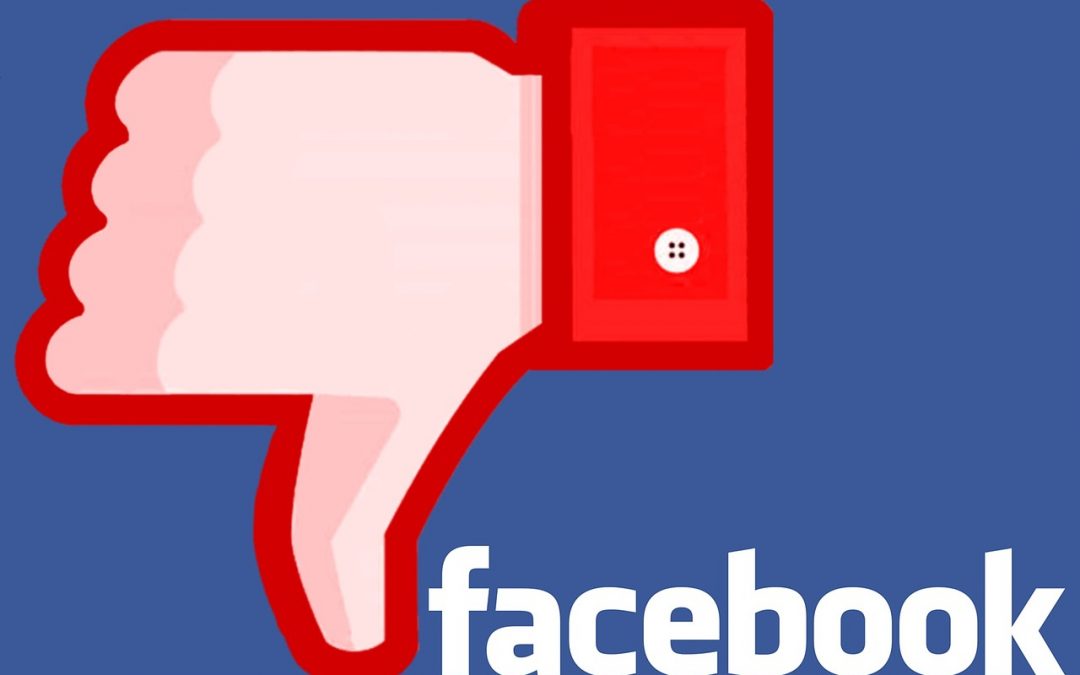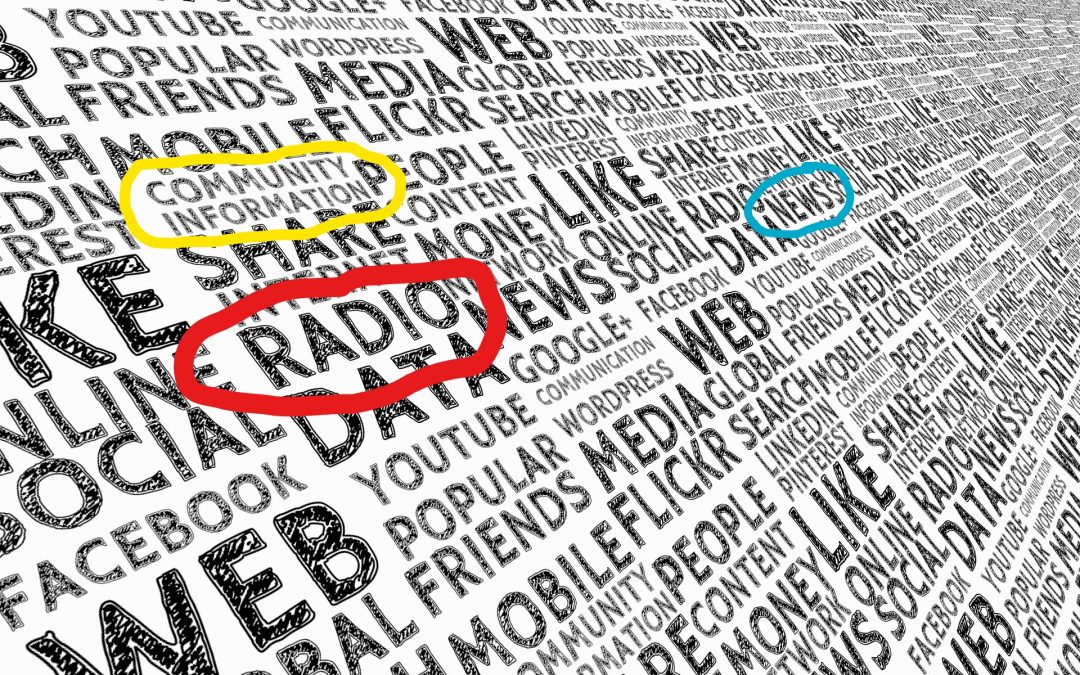
Measuring the Unmeasurable
If you are in charge of the advertising for your business, you want to make sure it is effective right?
Of course you do.
But the challenge has always been how to measure the effectiveness of your advertising.
One way that has been around forever is coupons. A few decades ago one of my jobs as a kid was to clip the coupons from the newspaper and sort them for my parents so they could save a nickel on a can of corn or whatever. When I wanted them to buy something that wasn’t on the grocery list, but I wanted it, they would ask me if I had a coupon for it. If I did, I often got it!
As a typical middle class family in the midwest, I imagine this was typical pattern and one of the reasons we still get coupons delivered to our house today. Usually it’s direct mail or as one grocery store chain has been doing, personalized coupons for my wife and I based on what we’ve bought in the past.
The evolution of couponing has changed over the past few years and one change was accelerated with the changes in shopping habits due to the pandemic. Digital coupons are now outpacing traditional paper coupons in redemption rates according to SupermarketNews.com.
Digital coupons saw an increase of 27% last year as a result in large part to the shift to curb-side or parking lot delivery that replaced the shopping in store experience many of us did. As a result, digital couponing now is more widely used than the old fashioned paper coupons.
What is the reason for using coupons anyway? For consumers, it’s free money. For the companies that offer coupons, it’s an investment in getting a person to make a purchase.
There is another way too many businesses use coupons that is wrong. As an accurate tracking devise of your advertising outreach.
Here’s why:
It’s not really accurate. You are trying to Measure The Unmeasurable.
I visited the online version of one of the local direct mail coupon advertisers and here’s what I discovered.
88 pages of ad, or maybe it was 88 ads. It wasn’t clear to me.
There are some categories that are hot right now and have multiple ads from different companies competing with each other in one handy place.
At least 10 ads for Landscaping.
9 for Roofing.
8 for Concrete Coating.
7 for Windows.
And some of those above ads for home improvement could be in other categories because they do both windows and roofs.
Others I noticed were:
HVAC with 6 ads.
Carpet Cleaning or Replacement had 5 ads.
Because these ads are offering discounts, the people likely to respond are people who are looking for a deal. I’m not against looking for a good price or a great deal, but if that is the only reason someone buys from you, your business model is weak at the best.
Coupons do not create loyalty to you or your brand. Coupon shoppers are loyal to coupons, not you. If your competition offers a better deal in their coupon, coupon shoppers will buy from them.
Smart consumers don’t use price as the only criteria for deciding who to do business with.
Smart consumers are looking for value.
We want to trust that when we buy something, it is worth the price we pay for it, that is has the value that we are willing to spend our money on.
Earlier this year, my wife needed a tire for her car, but I knew we were going to trade her car in this year, so the value I was looking for was a tire that was priced low and took care of our immediate, short term needs. We bought the cheap tire and replaced her car a month later.
Last month, I replaced the battery on my car. I am planning on keeping this car for several years so I bought the higher quality battery because that was the value I was looking for.
There are so many additional factors besides redemption rates that you can use to determine if your advertising is working. If you want to attract coupon shoppers, you can continue to use them, just understand that is only one segment of the consumers that are looking to buy what you have to sell.
I worked in the digital world, and still do as a consultant. I can talk to you about click-thru rates as well as any of them. I know how digital marketers pitch the trackability of their advertising tools, but what they can’t measure is what goes in our individual heads and hearts that lead us to buy from you.
If you really want to know if your advertising is working, use antidotal evidence. Some of my favorite clients do that and they know that each month, they’ve got business from their advertising on WOWO radio because of the stories they hear from our listeners that do business with them. They don’t know all the WOWO listeners who spend money with them, but they know that there are enough for them to keep spending thousands of dollars month after month, year after year.
Want to know more? Contact me and I’ll put you in touch with someone from my team. Email Scott@WOWO.com.




